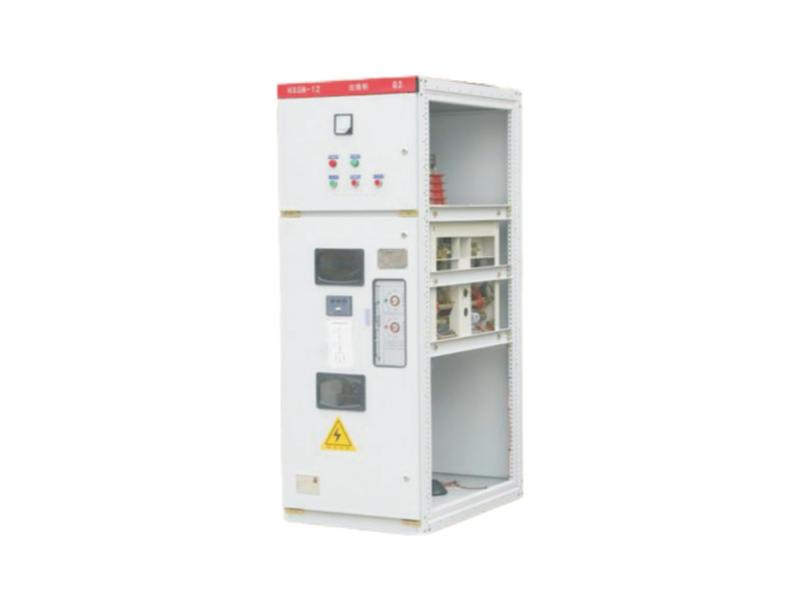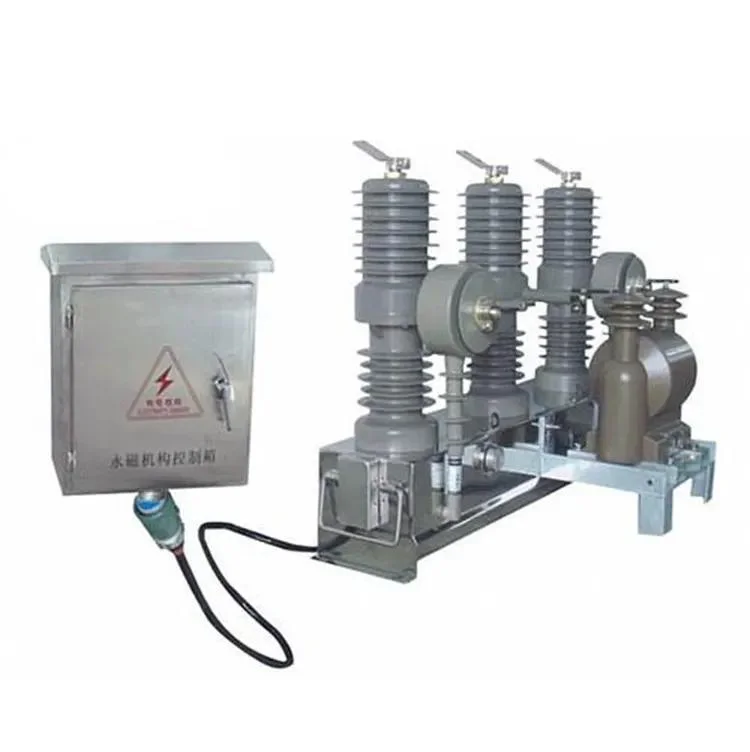
Differentiating Low Voltage, High Voltage, Strong Current, and Weak Current in the Electric Industry
In the electric industry, terms like “high voltage,” “low voltage,” “strong current,” and “weak current” are commonly used but often misunderstood. This article will clarify these concepts, their relationships, and applications, especially in the context of the electric power system. With the growing complexity of electric systems, understanding these distinctions is crucial for professionals and enthusiasts alike.

1. High Voltage and Low Voltage in Electric Systems
1.1 Definitions
- High Voltage (HV):
- Defined by national industry standards as equipment with a ground voltage above 250V.
- As per the State Grid Corporation standard, high voltage refers to systems operating at 1000V or above.
- Low Voltage (LV):
- Ground voltage of 250V or less under older standards.
- Systems below 1000V are categorized as low voltage in modern electric grids.
1.2 Practical Interpretations
Although these standards may differ in terminology (ground voltage vs. line voltage), they essentially describe the same electric voltage ranges:
- Ground Voltage (Phase Voltage): Voltage measured relative to the ground.
- Line Voltage: Voltage measured between two phases in a three-phase electric system.
1.3 Why the Standards Differ
The two standards coexist due to a division between government-issued industry standards and corporate standards introduced by the State Grid Corporation. This split reflects changes in electric safety regulations over time.
2. Strong Current and Weak Current in Electric Systems
2.1 Definitions
- Strong Current:
- Refers to the transmission of electrical energy for power applications.
- Characterized by high voltage, high current, and low frequency.
- Examples: Electric motors, transformers, and grids.
- Weak Current:
- Involves the transmission of information and control signals.
- Features low voltage, low current, and high frequency.
- Examples: Communication networks, signal processing, and control systems.
2.2 Frequency Differences
- Strong Current: Operates at 50Hz or 60Hz, the standard frequencies for power distribution.
- Weak Current: Often uses higher frequencies in the range of kHz (kilohertz) or MHz (megahertz).
2.3 Transmission Methods
- Strong Current: Transmitted through power lines to deliver energy efficiently across distances.
- Weak Current: Relies on both wired (e.g., coaxial cables) and wireless (e.g., Wi-Fi, RF signals) methods, focusing on the reliability of data transfer.
2.4 Measuring Parameters
| Characteristic | Strong Current | Weak Current |
|---|---|---|
| Power | KW (kilowatts), MW (megawatts) | W (watts), mW (milliwatts) |
| Voltage | V (volts), kV (kilovolts) | V (volts), mV (millivolts) |
| Current | A (amperes), kA (kiloamperes) | mA (milliamperes), μA (microamperes) |
3. Relationship Between High Voltage, Low Voltage, Strong Current, and Weak Current
3.1 Interconnections
- High Voltage is always associated with strong current because high voltage is used to transmit energy efficiently over long distances.
- Low Voltage includes both strong current (e.g., residential power systems) and weak current (e.g., communication cables).
- Strong Current does not always equate to high voltage; for instance, a 220V motor involves strong current at a low voltage.
- Weak Current is always low voltage due to its focus on information transfer rather than energy.
3.2 Integration in Modern Electric Systems
Modern technology increasingly combines strong and weak current systems:
- Power Electronics: Regulates high voltage systems using weak current control.
- Smart Grids: Use weak current systems for monitoring and controlling strong current power networks.
4. Applications in Electric Systems
4.1 High Voltage Applications
- Power grids transmitting energy at 11kV, 33kV, or higher.
- Industrial applications like large motors and electric furnaces.
4.2 Low Voltage Applications
- Household electric appliances and lighting at 110V or 220V.
- Commercial buildings powered by low voltage systems.
4.3 Strong Current Applications
- Industrial machinery operating at high power levels.
- Transformers and switchgear in electric power distribution.
4.4 Weak Current Applications
- Telecommunication systems.
- Automation systems with sensors and controllers.
5. Summary of Electric Concepts
| Concept | Key Features | Examples |
|---|---|---|
| High Voltage | Voltage ≥ 110000V, strong current focus | Power transmission lines, substations |
| Low Voltage | Voltage < 1000V, strong or weak current | Household appliances, lighting |
| Strong Current | Energy transfer, high voltage or current | Motors, transformers |
| Weak Current | Information transfer, low voltage | Communication networks, control systems |
6. Importance of Understanding Electric Concepts
Mastering these distinctions helps professionals design, operate, and maintain electric systems effectively. The seamless integration of high voltage, low voltage, strong current, and weak current technologies is critical to the advancement of smart grids, industrial automation, and communication networks.
